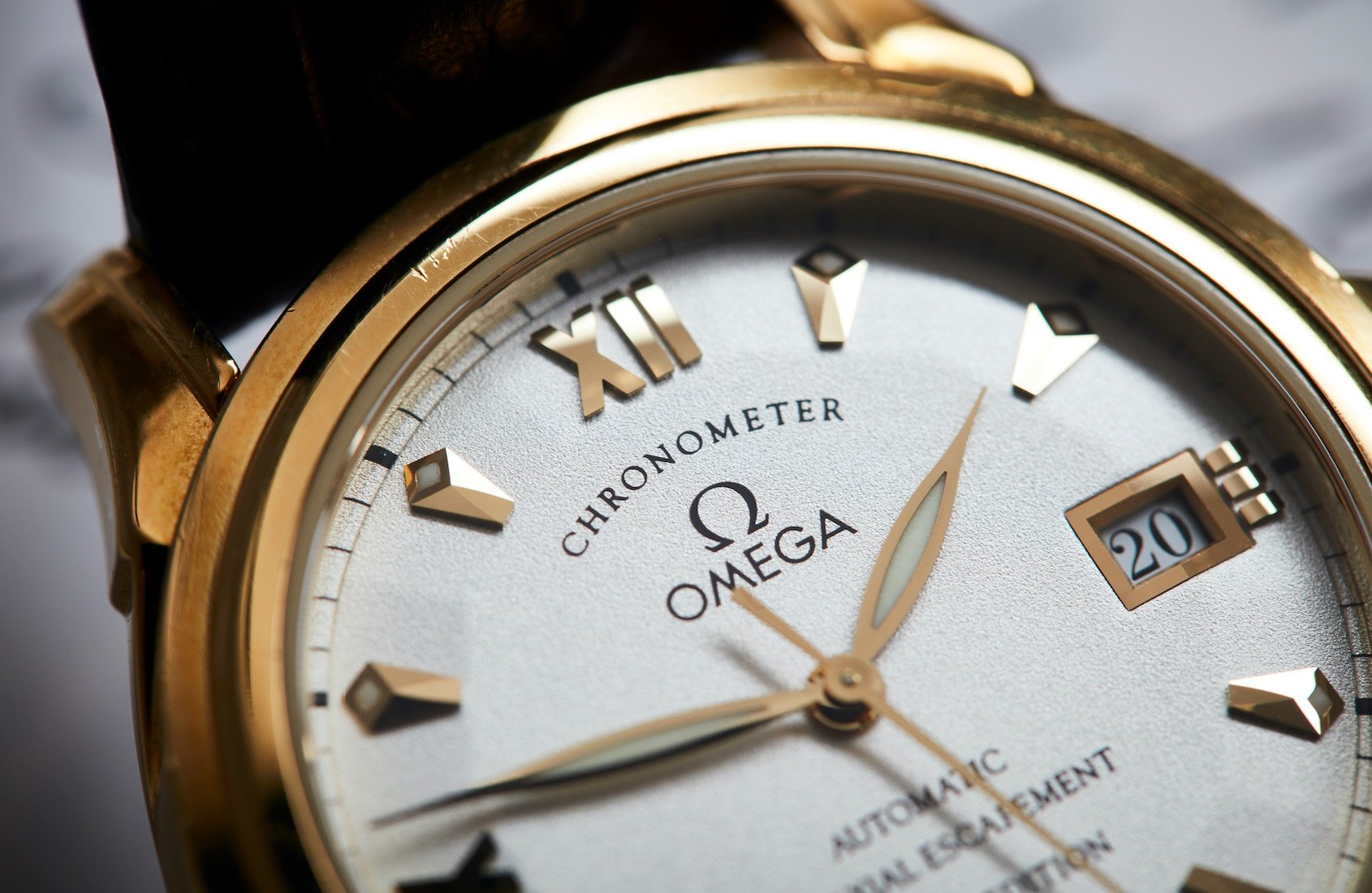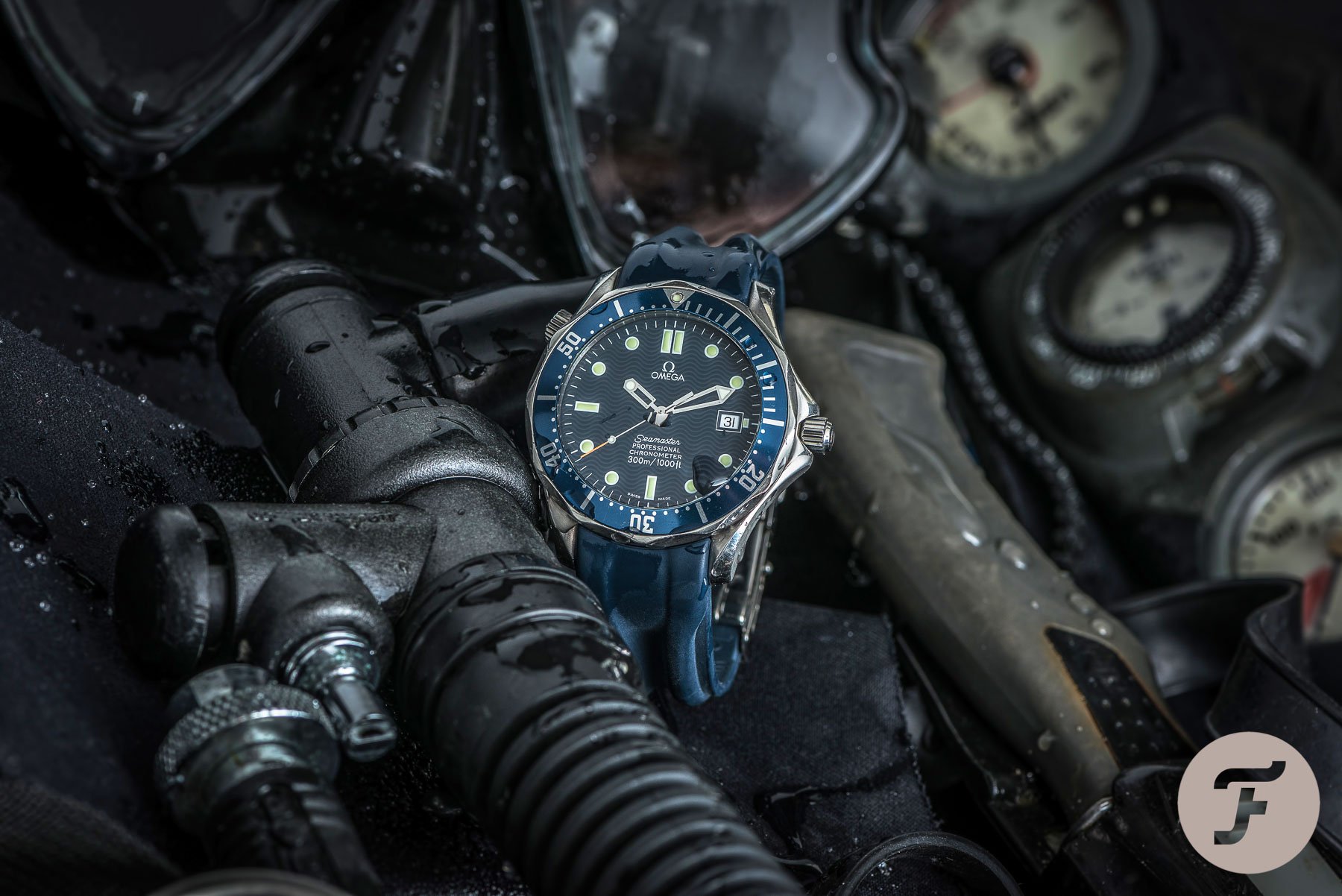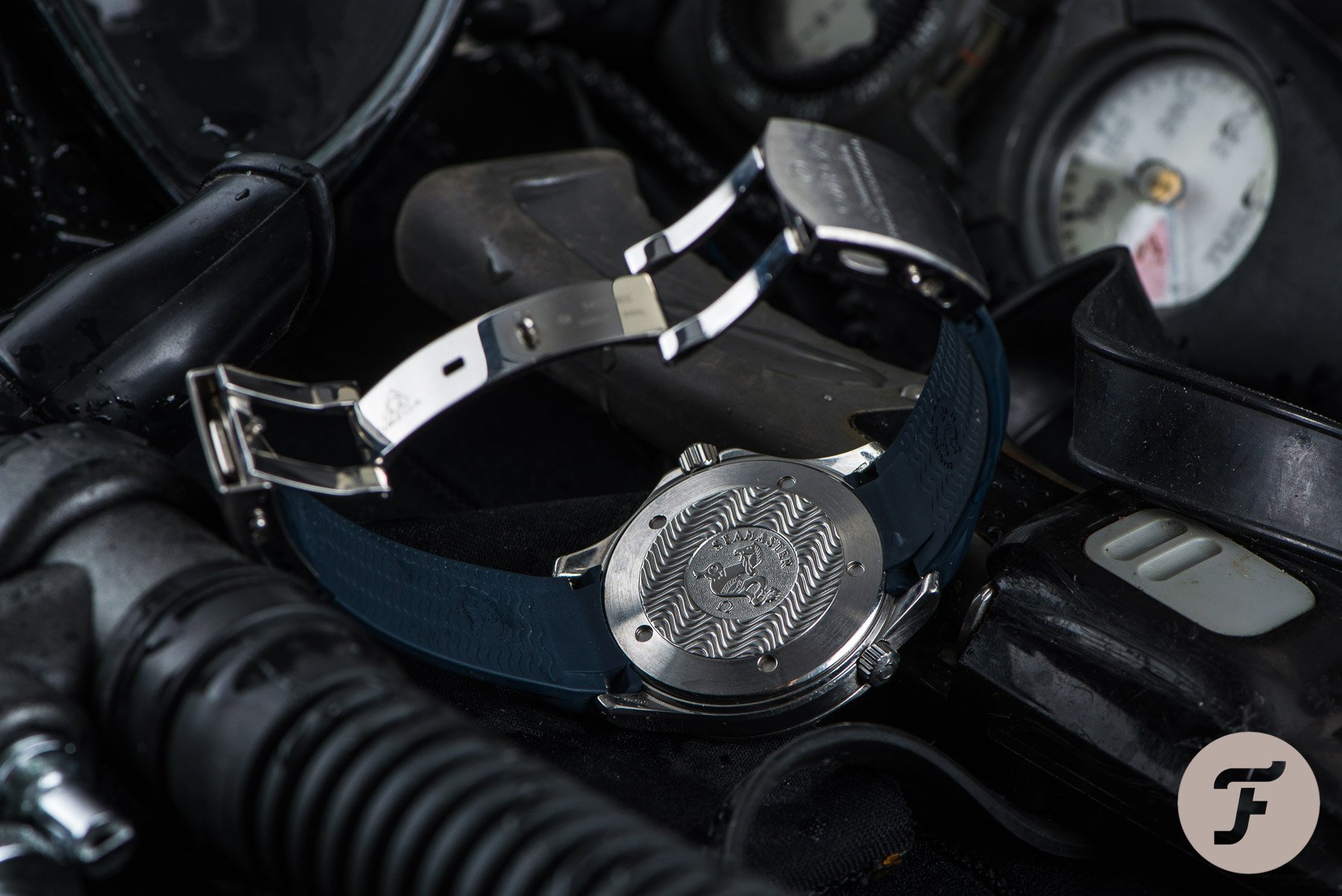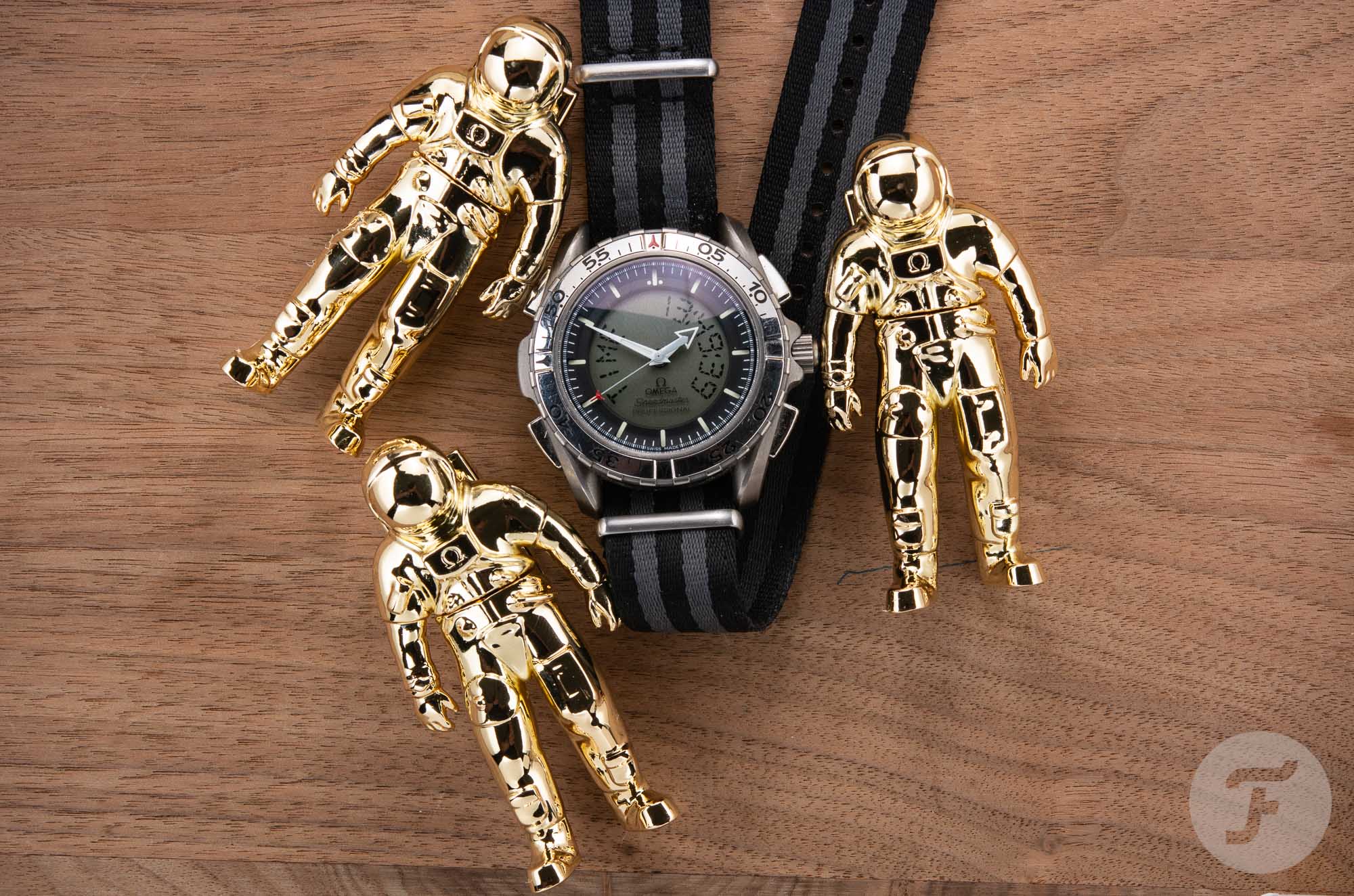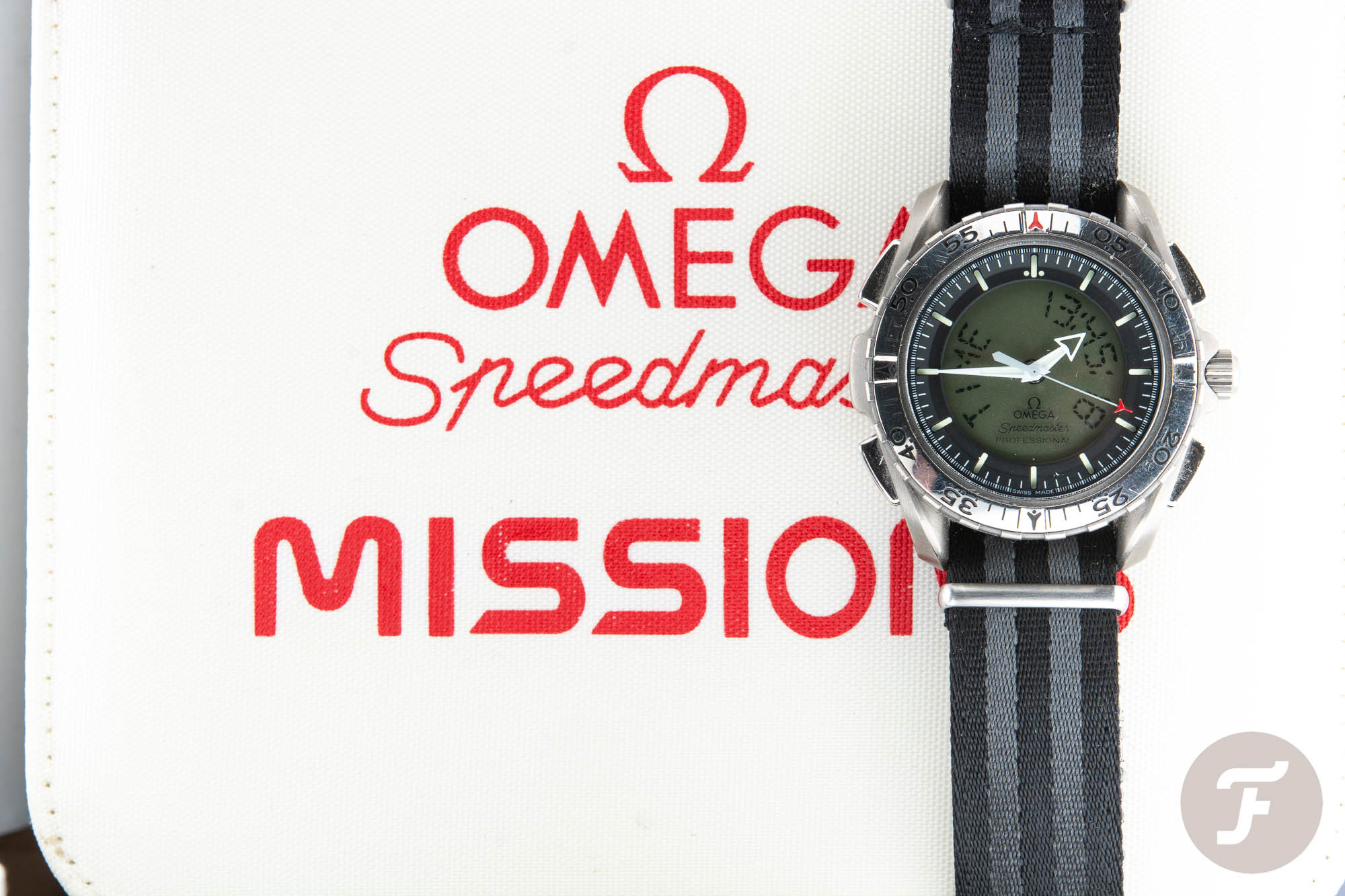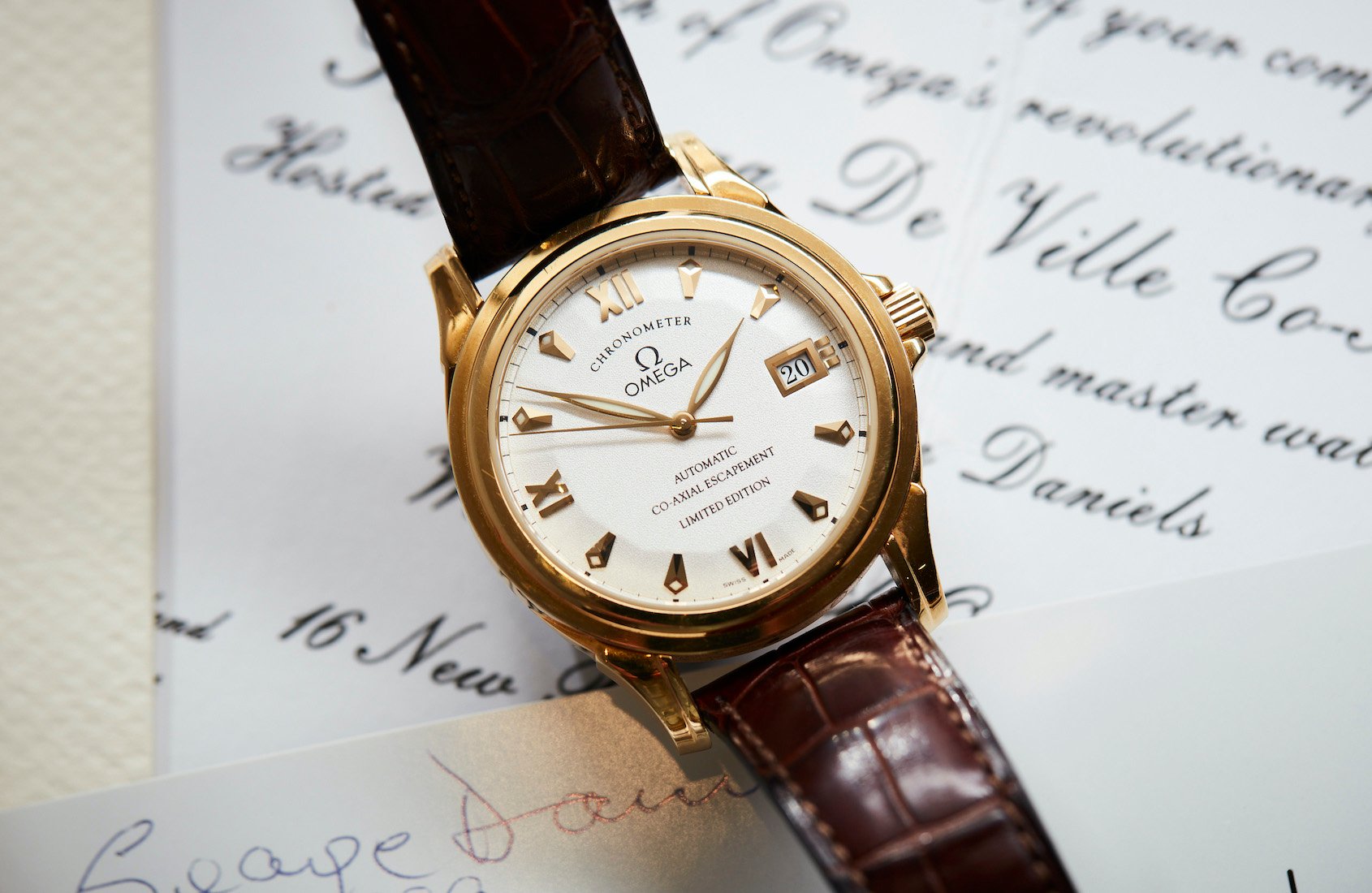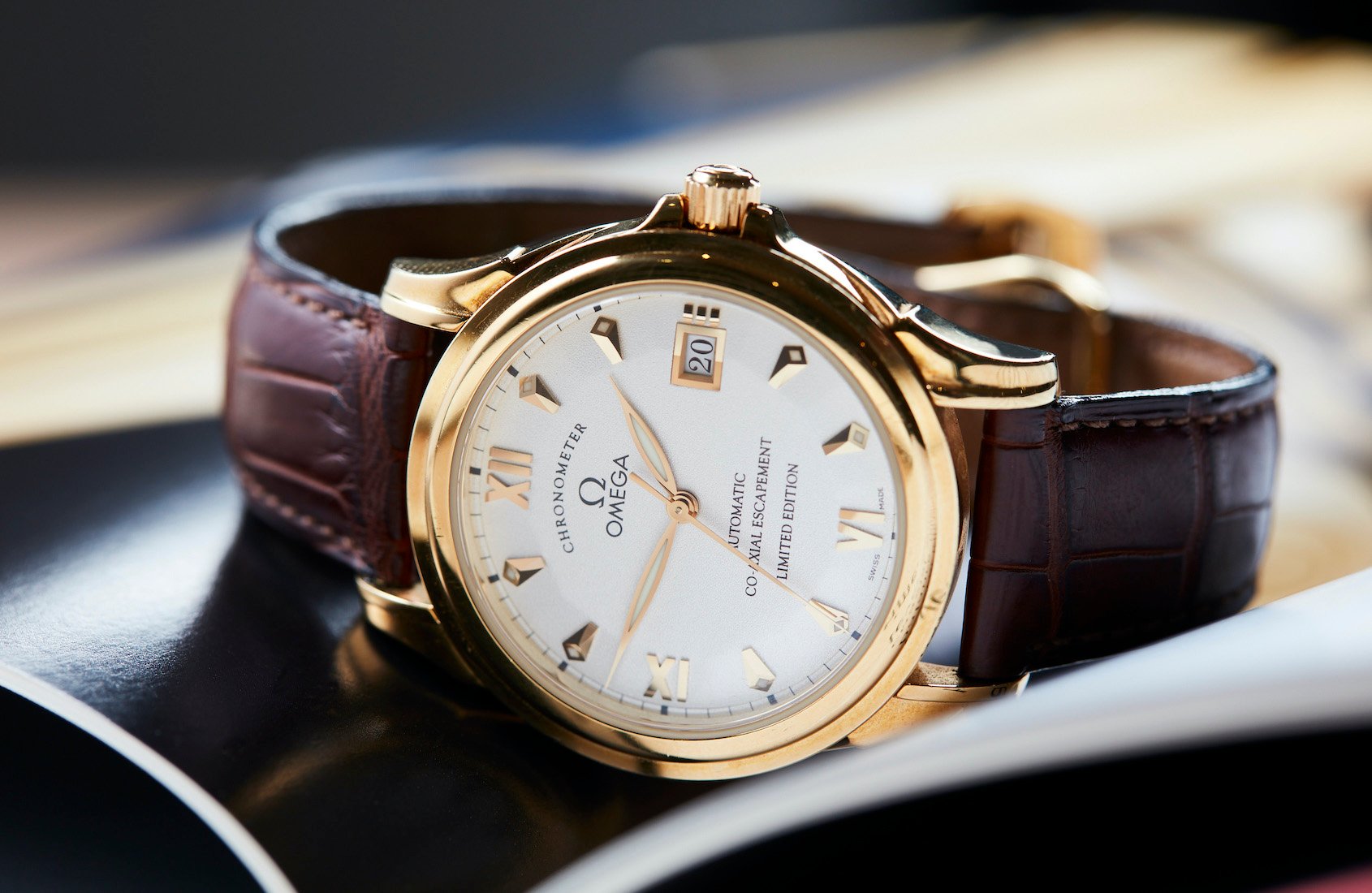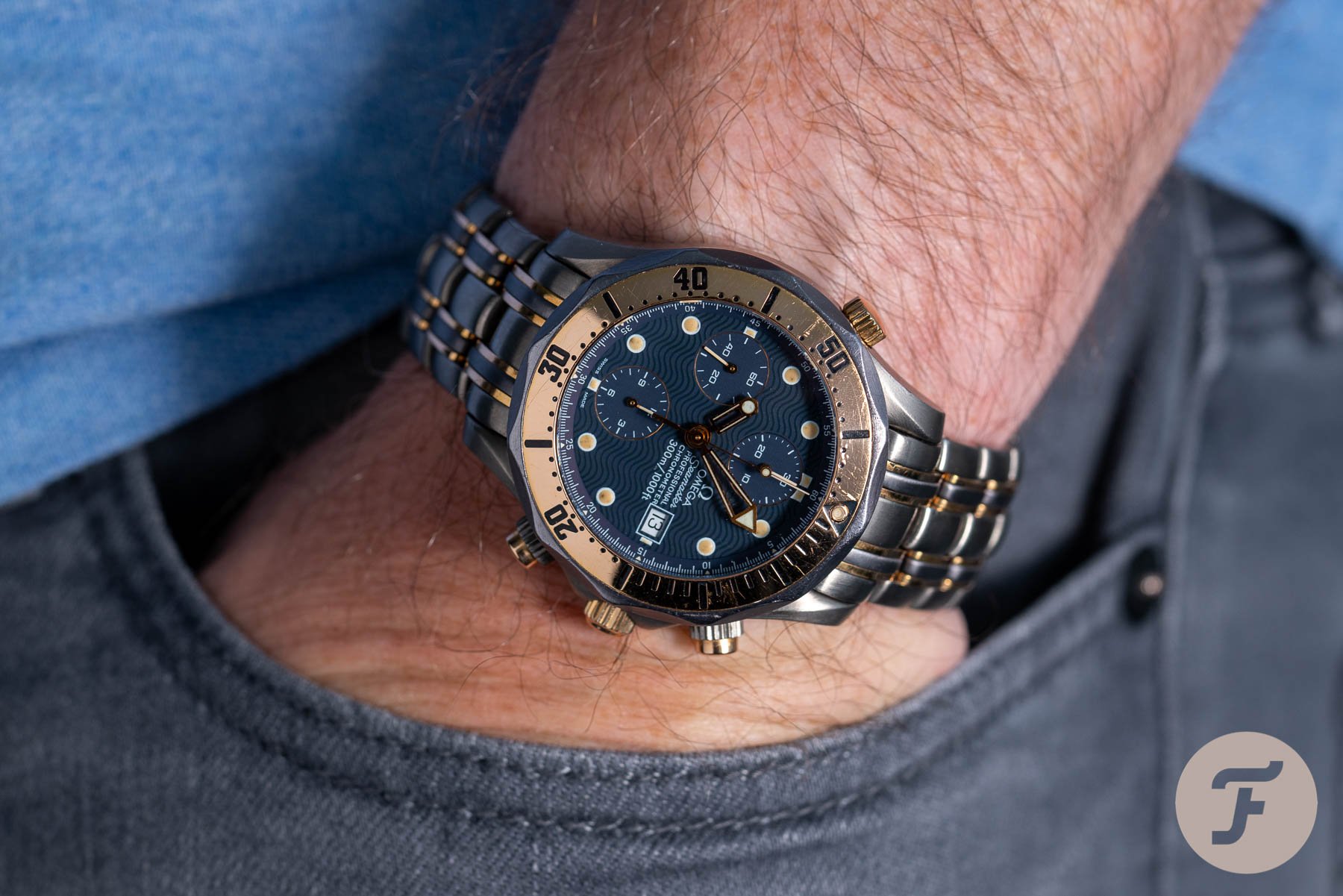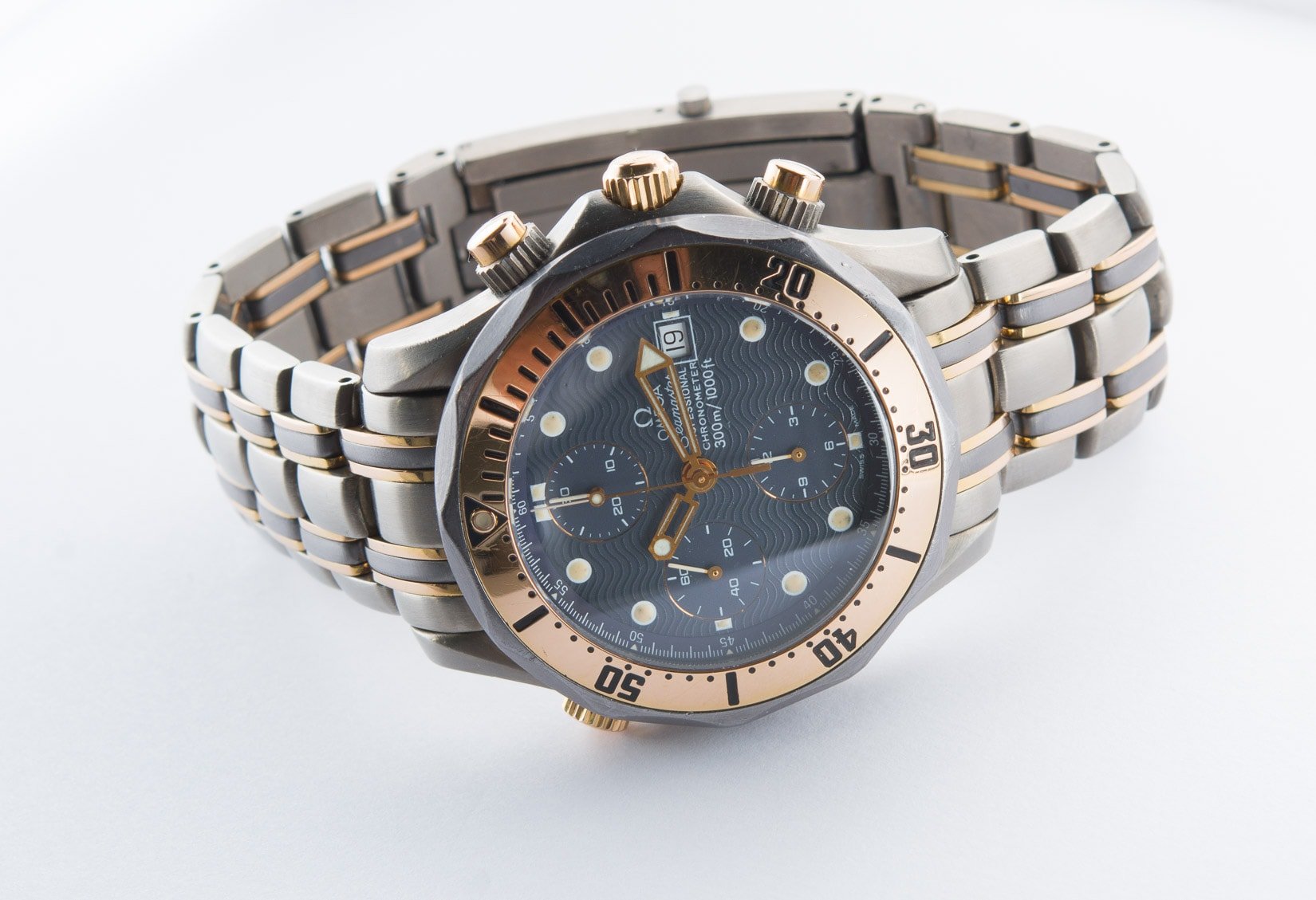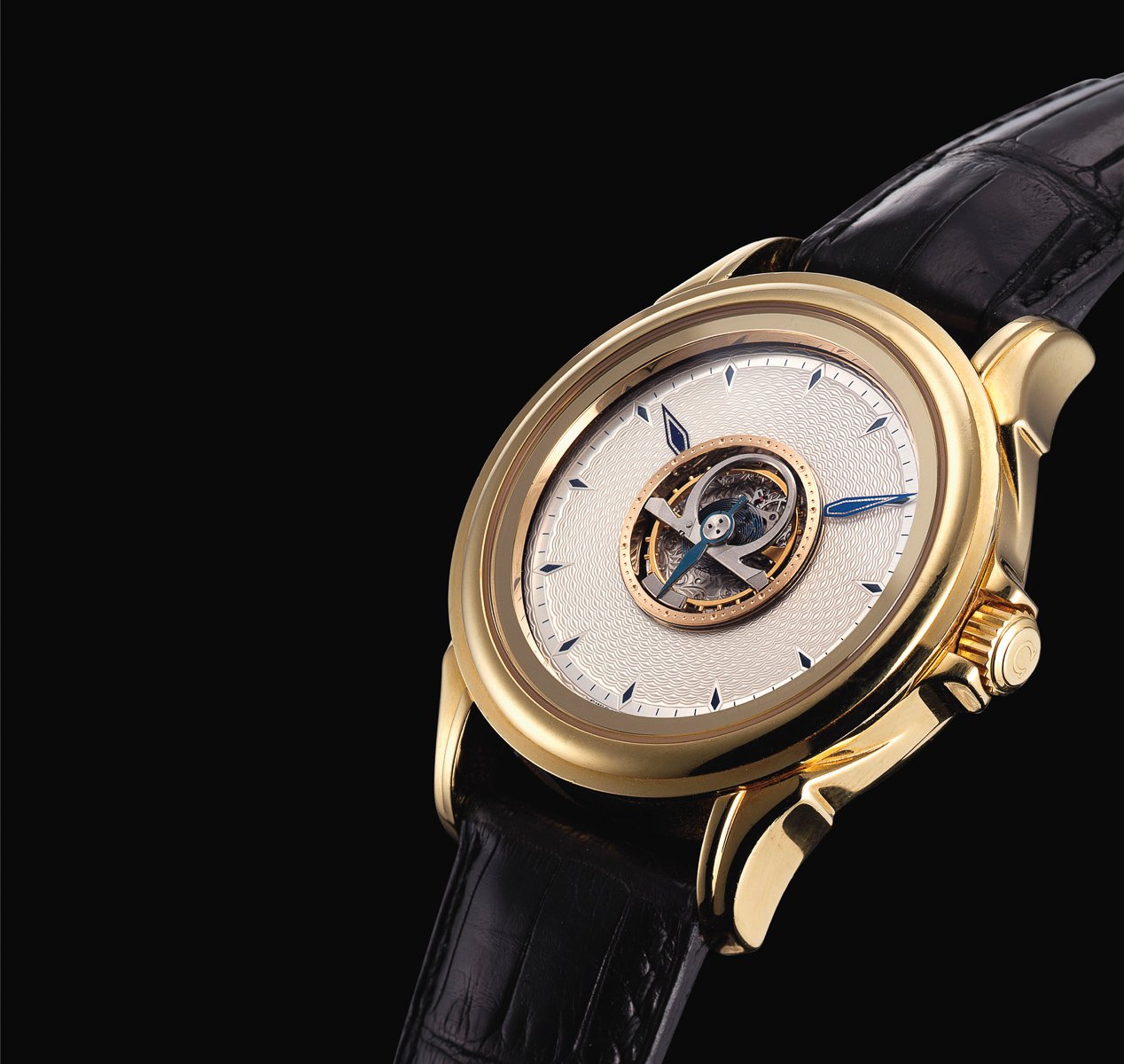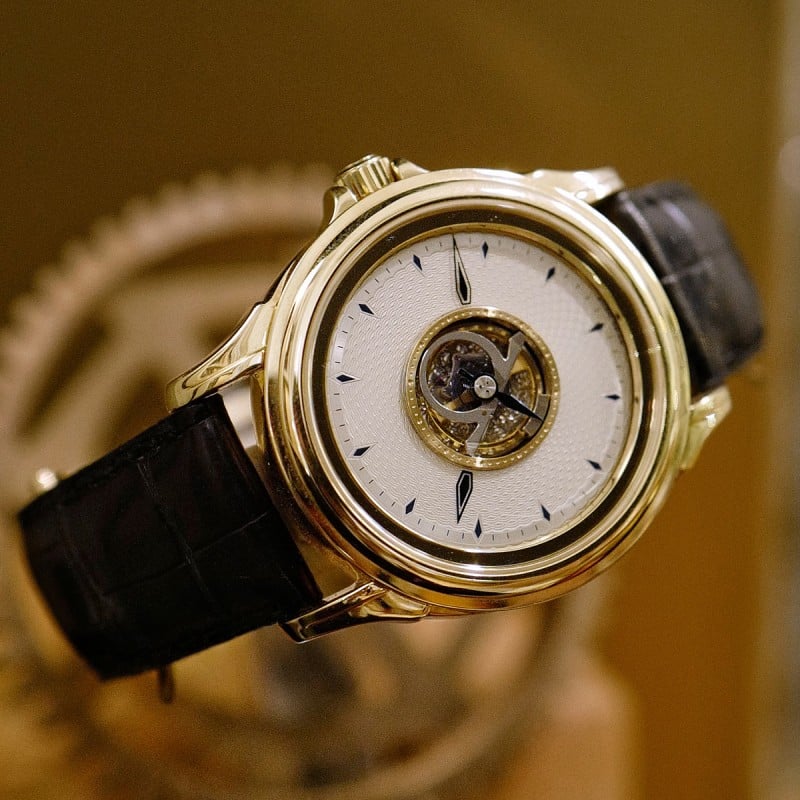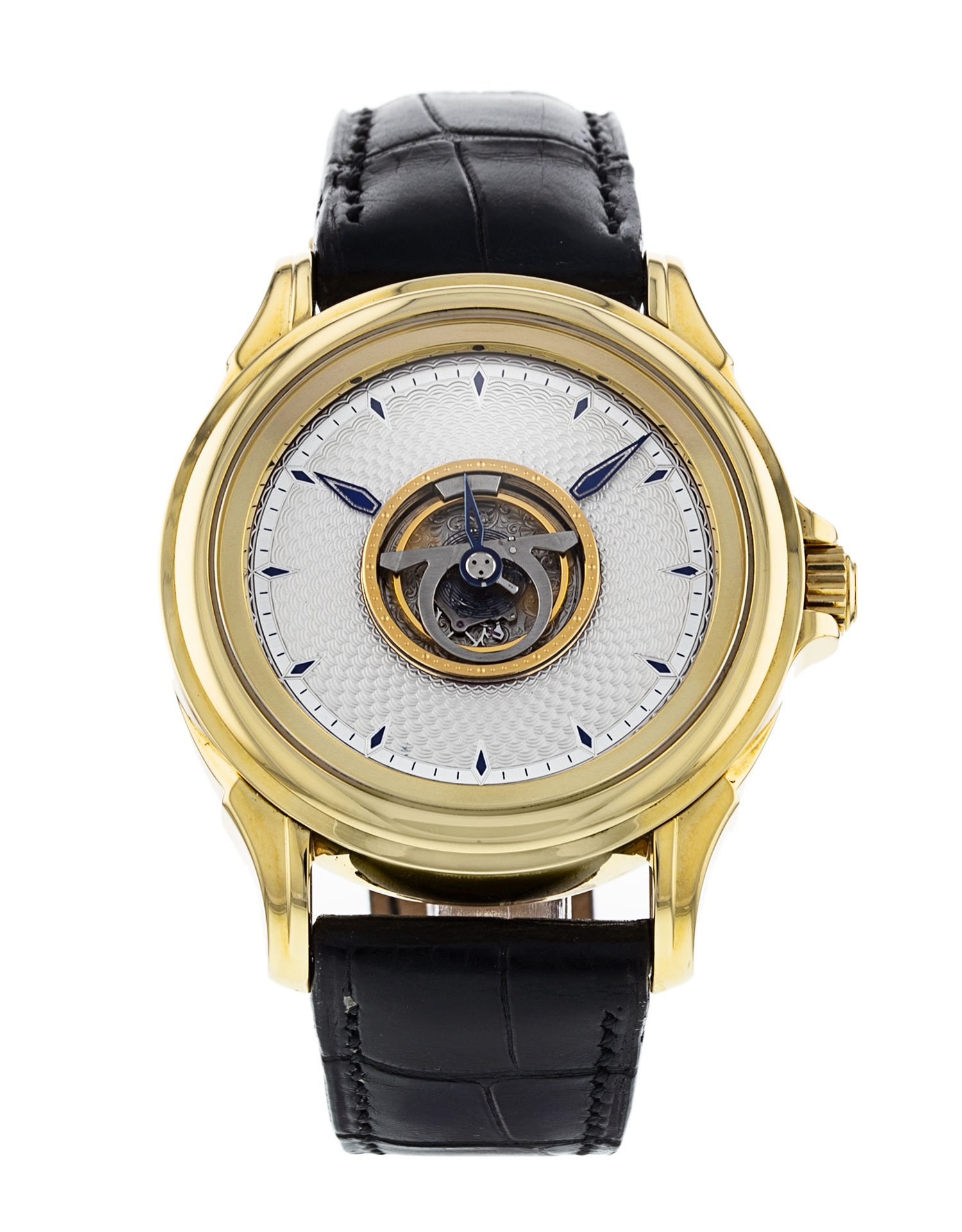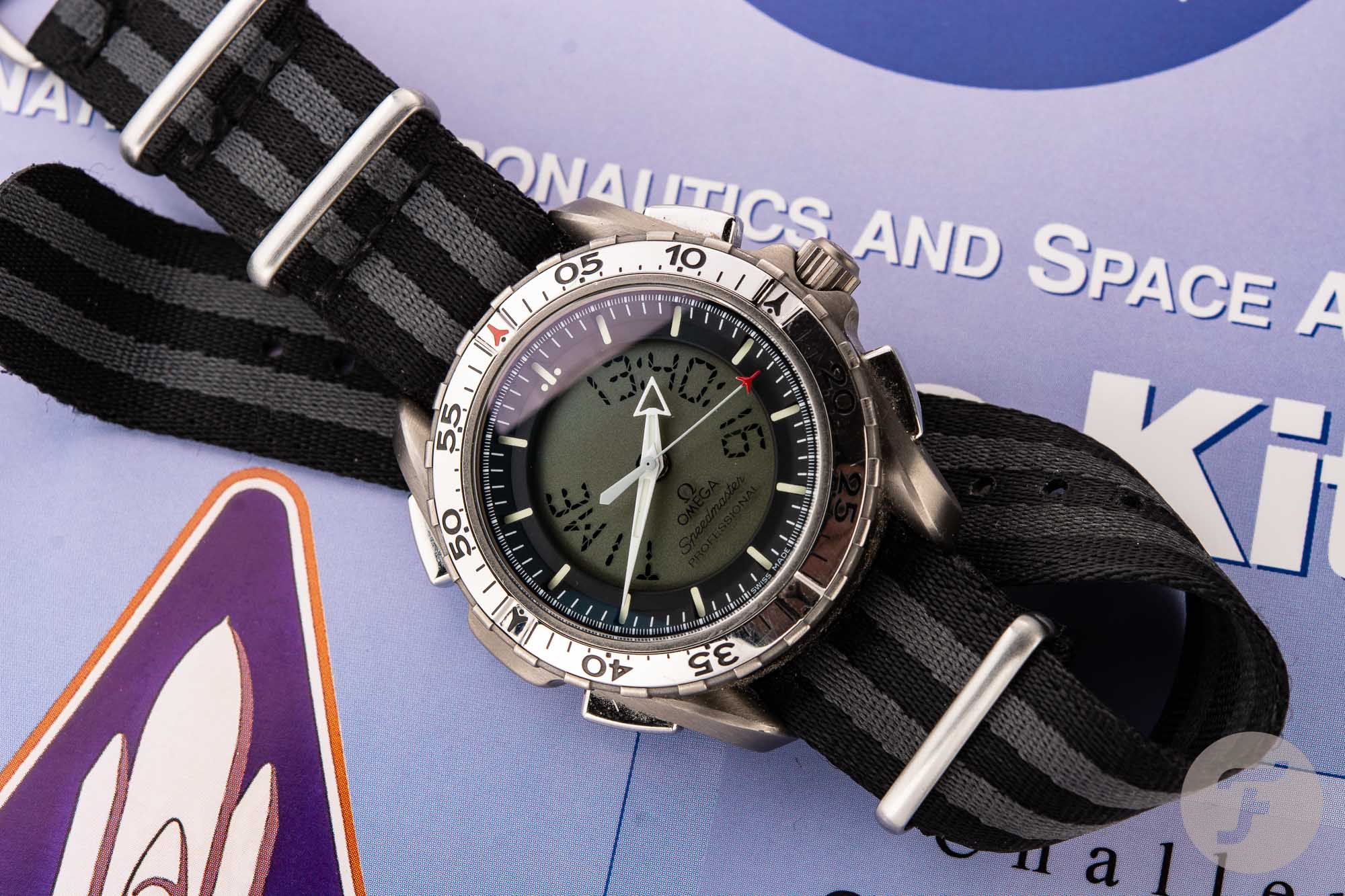Buying Guide: The Best Omega Watches From The 1990s
We like to talk about vintage watches a lot within the Fratello team. Though most of what we write about is primarily focused on the most recent releases and developments, for many of us, a lot of the fun can be found in the sometimes weird and often wonderful world of vintage watches. It’s a world full of history, remarkable watches, incredible stories, and quirky details. It inspired us to come up with a series of articles focusing on the best watches per decade from a select group of brands. Some of them are priceless, some of them still affordable. In this installment, we will take a look at the best Omega watches from the 1990s.
This week we will continue our journey through watch history to find the best watches from the 1990s. As I have discussed in the previous articles discussing the best watches from the 1980s, mechanical watches slowly started making a comeback in the eighties. By the time the 1990s began, quartz was still dominating the watch industry. But you could slowly see the two finding space next to each other.
With the gradual rise in the popularity of mechanical watches, we also saw a shift in perception. Mechanical watches became a luxury statement produced by prestigious brands with centuries of watchmaking history. It set it apart from the mass-produced, cheap and quartz watches. This luxury status was further backed up by a renewed interest in watches that featured classical complications. Combining the rich history in watchmaking and the technical masterpieces set mechanical watches apart from the fast world of quartz watches for good.
Omega in the 1990s
The 1990s for Omega were exciting times. In my article about the best of the 1980s, you could see that the brand predominantly produced quartz watches at that time. On top of that, the designs were a diverse mix of styles that didn’t necessarily define the face of Omega’s history. Of course, the 1980s delivered us the iconic Constellation Manhattan, and I personally love the Seamaster Polaris and the Seamaster 200M. But with the renaissance of mechanical watchmaking in the late 1980s, we saw a shift in activities for many renowned Swiss brands.
Omega introduced some of the most exciting watches of the 1990s, as we will find out in a bit. From impressive complications to technical innovations to new materials, the nineties were great for watch enthusiasts. On top of that, the marketing brilliance of Jean-Claude Biver made sure that the brand also landed Omega a new partnership with the James Bond franchise. It has developed into a long-lasting partnership with the latest results coming on the big screens at the end of this month. On top of that, continuing partnership with the Olympic Games and NASA, the brand made sure to have plenty of exposure and catapulting Omega to become one of the leading luxury brands in the world. Time to find out about five of the best watches that the brand released in the 1990s.
The Entry Point — Omega Seamaster Professional 300M ref. 2531.80
The most crucial move the Omega brand made in terms of branding in the 1990s was partnering up with the James Bond franchise. After seeing James Bond moving from Rolex to Seiko, back to Rolex with a little TAG Heuer in between, it was time for something new. With Pierce Brosnan, we saw a new Bond and a new watch. In 1995 GoldenEye was released, and in the movie, Brosnan can be seen wearing an Omega Seamaster Professional 300M ref. 2541.80. This could have easily been my pick as it was the first new Bond watch. But it was also a quartz version of the watch. That’s why I picked the Omega Seamaster Professional 300M ref. 2531.80, which was the first mechanical version Brosnan wore in 1997’s Tomorrow Never Dies. He also wore it in the two Bond movies that came after, so this is the right pick.
The new Seamaster Professional 300M line was actually released two years before GoldenEye came out, so the watch was not exactly new. But the exposure in the movie did wonders for the popularity of the watch. The Seamaster Professional 300M line replaced the Omega Seamaster 200M series featured in the best Omega watches from the 1980s. You can see the update in design to a more modern silhouette that looks sleeker and more refined. The 41mm case with its characteristic bezel still looks very much up to date, even almost 30 years after its introduction. One of the most divisive elements has always been the stainless steel bracelet. I wasn’t a fan at first, but it does fit the overall style of the watch perfectly. Additionally, it’s an absolute joy to wear.
Completely renewed
Inside the watch, Omega equipped it with its automatic Omega Caliber 1109 based on the ETA 2892-2. But after only a short period of production, Omega decided to update the movement to the Caliber 1120. The movement was updated by completely changing the profile of the rotor to make it heavier and more efficient. From the start, Omega modified and updated the standard ETA 2892-2 to fit the brand’s standards in performance and finish. The Caliber 1120 operates at 28,800vph, has 23 jewels, and has a power reserve of 44 hours. The COSC-certified movement shows the hours and minutes with its characteristic hands, becoming another iconic element for the Seamaster 300M line. The Seamaster Professional 300M ref. 2531.80 stayed in production until 2006. That’s when Omega replaced it with the ref. 2220.80 with an updated design and the co-axial Caliber 2500.
For a long time, the Seamaster Professional 300M ref. 2531.80 was a sleeper watch. As Robert-Jan explained in his article about the watch, they were very affordable until only a couple of years ago. Prices have been slowly going up, however. Especially since the introduction of the new Seamaster Professional 300M in 2018, we have seen a renewed appreciation for the first mechanical Bond watch. Currently, prices start at roughly €2K but if you want one in excellent condition with box and papers, expect to pay closer to €3K for one, which is still an excellent price for an iconic mechanical watch from Omega.
My pick — Omega Speedmaster Professional X-33 ref. 3990.50
If you have read any of the previous installments in this series about Omega, you know I do not focus too much on Speedmasters. We have our Speedy Tuesday series of articles to take care of that. I have included some less popular or quirky Speedmaster models in the line-up of five watches. This time my pick is the Omega Speedmaster Professional X-33, in part because it was my first Speedmaster. On top of that, it’s a statement of 1990s design, and it was developed together with astronauts to make sure that it would perform up to the highest standards while traveling in space. I have written a longer article about the X-33 for Speedy Tuesday in which I explained how this model ended up being my first Speedmaster. It was not exactly what I had planned, but it turned out to be a fantastic first Speedy.
The Omega Speedmaster Professional X-33 was first introduced in 1998. It was the result of a long development trajectory from Omega together with pilots and NASA astronauts. The result was a quartz watch with an analog and digital display with a wide array of functions to help out during space missions. What makes it even more remarkable is that it’s not just a watch developed with the help of astronauts, but it has been the watch of choice for many astronauts even to this day. If you want to raise the credibility levels, this is the way to do it. But the first thing that stands out upon seeing the watch is its design. The X-33’s quirky looks have made it into one of the most recognizable watches from the 1990s.
Different features
The design of the X-33 refers somewhat to the Seamaster of that time rather than a Speedmaster. It was introduced with a 42.5mm titanium case and a polished aluminum bezel. It features four rectangular pushers and a crown to operate the watch. Three pushers, if you don’t count the bottom left pusher, that activates the backlight of the central digital display. After purchasing the watch, the first thing I did was buy the operating manual and the box it came in. You need the manual to access all the different functions. The movement that made this possible was the quartz Omega Caliber 1666. It features a day, date, chronograph, second time zone, countdown, and mission timer (up to 999 days). On top of that, it features an 80 dB daily alarm, a mission time alarm, and an additional programmable alarm.
The watch came with the choice of a titanium bracelet, a red kevlar strap, or a black Coramide strap. As Robert-Jan explained in an excellent in-depth article about the X-33, the watch was expensive when it first came out. It was 40% more expensive than a regular Speedmaster Moonwatch at the time. Nowadays, that looks somewhat different in the pre-owned market. For a long time, the X-33 was not popular at all. But the last couple of years, we have seen an appreciation for the watch resulting in increasing prices. Expect to pay anywhere between 2K and 3K for one depending on the condition and delivery with box and papers. Which I highly suggest you get. Because only then will you be able to enjoy this iconic Speedmaster to the fullest extent.
Money is no object #1 — Omega DeVille Co-Axial Escapement Limited Edition
Next up is a landmark release from Omega that would be an icon of the 1990s and shape the future of the brand. The Omega DeVille Co-Axial Escapement Limited Edition was released at Baselworld in 1999. It was the first available Omega watch featuring the co-axial escapement. As most of you will know, Dr. George Daniels invented the co-axial escapement in 1974 to improve mechanical watches’ accuracy and efficiency. But it took more than twenty years, and a great deal of development before Omega could produce watches with Daniel’s co-axial escapement in large numbers. The DeVille Co-Axial Escapement Limited Edition was introduced as a limited edition and produced in four different versions with a total production number of just over 2,000 pieces.
The first 1,000 pieces featured a yellow gold case with a white dial and the second 1,000 pieces featured a rose gold case with a blue dial. Additionally, Omega also produced 109 pieces in platinum with a copper dial and around 20 skeletonized pieces. The DeVille line has been part of the Omega collection since 1967 and has been Omega’s line of elegant wristwatches. When the DeVille Co-Axial Escapement Limited Edition was introduced in 1999, it fit right in the already existing DeVille line of the 1990s. But some design details did not necessarily fit into the DeVille line of that time. You can see the Omega used the iconic pie-pan dial, large different hour markers, and different lugs for the 38mm case of this unique model. All these characteristics hint back to the Constellation models of the 1950s.
Defining the future
Inside the different cases, Omega equipped the watches with its all-new Caliber 2500. This first co-axial movement was based on the Caliber 1120 that powered the Seamaster Professional 300M that we just discussed. Omega changed the Caliber 1120 by adding the co-axial escapement and a free-sprung balance. As most of you will know, the co-axial escapement has been widely regarded as the most important step in mechanical watchmaking in over 200 years. Daniels invented the co-axial escapement in 1974, but it took twenty years before Omega adopted the technology. A fun fact is that Daniels tested the escapement in an Omega wristwatch after testing it in a pocket watch first. So it seems only fitting that Omega was the brand to introduce the revolutionary new escapement.
Omega produced four different versions of Caliber 2500 (A-D). The DeVille Co-Axial Escapement Limited Edition was the first to be powered by the movement; it features the Caliber 2500A. The automatic movement operated at 28,800vph and featured 27 jewels and a 48-hour power reserve. Considering how vital the co-axial release has been for Omega, this DeVille Co-Axial Escapement Limited Edition is an iconic release. Since the production numbers were minimal, you will not find one for sale too often. But when you do, you might be surprised that prices have not skyrocketed. The prices for both gold versions are generally between €6K–€10K. The platinum version goes for well over €10K if you can find it at all. But under €10K for the gold version seems like a reasonable price considering the historical relevance of the watch.
Money is no object #2 —Omega Seamaster Professional 300M Chronograph ref. 2296.80
You might be thinking: “another Seamaster?” Well, yes! The next pick is another Seamaster. But it’s not just any Seamaster. The Omega Seamaster Professional 300M Chronograph ref. 2296.80 is unique because it shows the brand was also experimenting with new materials for its watches. The watch was the flagship model of the Seamaster Professional collection when it came out in 1993. It has a case and bracelet made out of a combination of titanium, tantalum, and rose gold. This combination of materials gives the watch a unique presence and offers the practical advantage of being highly resistant to corrosion and scratches. But at first glance, it’s not about the practical characteristics at all. Just look at the watch. It’s a pretty impressive 1990s luxury statement.
Some might say it’s an over-the-top statement first and foremost. But there is nothing wrong with an over-the-top statement in my book. It’s this combination of ’90s design, functional properties, and a luxury statement that makes the watch incredibly versatile. The watch features a 41.5mm case that is 16.5mm thick. So it’s a seriously chunky watch. On the wrist, however, it wears very comfortably and doesn’t seem too big. The curved lugs play a big part in that. The watch’s case is made from titanium with a tantalum bezel, and a rose gold bezel insert. What stands out immediately is that both the tantalum and titanium parts are entirely brushed on the watch, the rose gold has a polished finish. It creates an even bigger contrast between the materials.
A tough find
What is particularly love is that Omega chose to use a blue dial. It fits the color of tantalum very well because it has a blue hue to it. It’s evident on the tantalum parts of the bracelet that they match well with the dial. An excellent detail is that the subdial hands and the tip of the central chronograph seconds hand were bright red when buying the watch. But over time, the red color has faded with a lot of these. The hands often look orange or even a very light pink if the fading is heavier. Inside the case, Omega used the Caliber 1164, essentially a Valjoux 7750 modified to perform up to Chronometer specifications. The movement operates at 28,800vph and comes with 25 jewels and a 42-hour power reserve.
While Omega was not the only brand that used tantalum for its watches, they have become famous for it with this specific model. As it is a hefty metal, attempts to create a full tantalum watch were quickly shelved. As it turned out, the watch was too heavy to wear. But it doesn’t mean Omega has given up on tantalum, not at all. Only last year, Omega introduced the successor to the ref. 2296.80 from the 1990s. The modern version is an absolute beast of a watch that still has a tremendous impact. But if you would like to enjoy the original and not pay a massive amount of money, the ref. 2296.80 is your way to go. Prices start at roughly €3.5K and move up to the €4.5K range, which is not a whole lot of money for what you get.
Money is no object #3 — Omega DeVille Tourbillon ref. 5910.30.01
The last watch on this list is also the most spectacular and impressive watch that Omega created in the 1990s. With the DeVille Tourbillon ref. 5910.30.01 Omega showed its incredible watchmaking skills that led to a lot of praise from watch enthusiasts worldwide. The watch was introduced in 1994 to celebrate the Omega name’s 100th anniversary, and it is the world’s first central tourbillon. The development of the watch started three years prior, in 1991 under the code name Project 33 (P33). The creation was the brainchild of Moritz Grimm and André Beyner, who developed it together with the Omega technical team. For the development, the team found inspiration in Omega’s past.
For the central tourbillon, the team was inspired by a series of six pocket watches the brand released in 1985 called the the “Les Montres des Sables.” These unique pocket watches featured a mobile, floating tourbillon cage placed in the center of an extra-flat movement. That is the basis for the tourbillon construction. The DeVille Tourbillon came in a 38.4mm case in yellow gold, rose gold, or white gold. The watch features an incredible 18k gold silvered guilloche dial with a central sixty-second tourbillon. As you can see, the Omega logo serves as the tourbillon cage that sandwiches the balance against the hand-engraved baseplate. As it’s a sixty-second tourbillon, the central second hand is mounted on top of the Omega logo.
Truly unique construction
Omega needed to find a different solution for the minute and hour hands. This solution was inspired by the Omega “Dinosaure” watch (cal.1355) that integrated the movement into its caseback. It featured a transparent dial with hands that seemed to float. That elegant bit of watchmaking was also used for the DeVille Tourbillon. As you can see, the hands seem to be floating above the dial, which they are. What Omega came up with was etching the two hands in two rotating sapphire discs placed on top of one another. The drive system is placed on the outside of the dial underneath the rather substantial bezel to rotate the discs.
Lastly, the team took inspiration for the movement from the brand’s first tourbillon wristwatch from 1947 that featured the legendary Calibre 30I. This was the first tourbillon wristwatch by any Swiss brand. They combined that with the iconic 30mm automatic calibers the brand produced as inspiration to keep the 30mm diameter for the unique automatic Caliber 1160. As a result of the unique construction with the sapphire discs, the movement uses the central crown only to wind the movement along with the platinum rotor. You need to operate a small wheel on the caseback rather than the central crown to change the time. The movement has a rhodium‑plated finish, operates at 21,600vph, and provides a 45-hour power reserve.
Showing exceptional skill
Omega produced a total of 20 pieces of the watch annually. A special team of watchmakers was assigned to the task of creating these beautiful watches. What I particularly love about Omega’s central tourbillon watches is that the placement of the tourbillon. I often struggle with the intrusive nature of the construction of a tourbillon on a dial. It’s the main attraction of a tourbillon watch, but it should not result in a weird-looking dial. What Omega came up with in 1994, wholly solved that issue. And the way they solved the challenge of mounting the minute and hour hands shows the creative skills of the team involved. Last year, Omega introduced its latest version of the DeVille Central Tourbillon with a Co-Axial Master Chronometer movement. It shows the exceptional skill and the incredible legacy of the Omega brand.
Finding an Omega DeVille Tourbillon ref. 5910.30.01 can be challenging, but it’s not impossible. Pieces seem to pop up once in a while, and their prices are not crazy considering the technical masterpieces that they are. Expect to see them for sale between roughly €30K and €40K depending on the version. In my book, that is a lot of money. But it’s not an unthinkable amount if you consider the exquisite piece and the technical brilliance it gets you. It truly is the most unique timepiece the brand created in the 1990s.
Final Thoughts
As always in this series of articles, I cannot stress enough to do your research if you want to buy a vintage watch. On top of being crucial in not ending up disappointed with your purchase, it is also a lot of fun. Doing research and finding out about the watches you love is often the first connection you will make to a specific piece. Try to get your hands on Omega — A Journey Through Time and Moonwatch Only. Contacting a vintage expert will also help out a lot. It’s a great way to learn more about a watch and get to know some fantastic people along the way.
The 1990s were an excellent time for watchmaking overall and for Omega specifically. The brand made some of the most iconic watches of the era and created some of the best partnerships that are still going strong today. It makes the ’90s a significant era to explore when it comes to Omega. I can only highlight a couple of the brand’s creations, so definitely go check out more. And remember that, in this series of articles, I avoid most of the many Speedmaster models as we have our Speedy Tuesday articles to cover them.
Next week, we will take a look at some of the best Seiko watches from the 1990s, so keep your eye out for that. In the meantime, let us know what your favorite Omega from the 1990s is in the comment section below!

